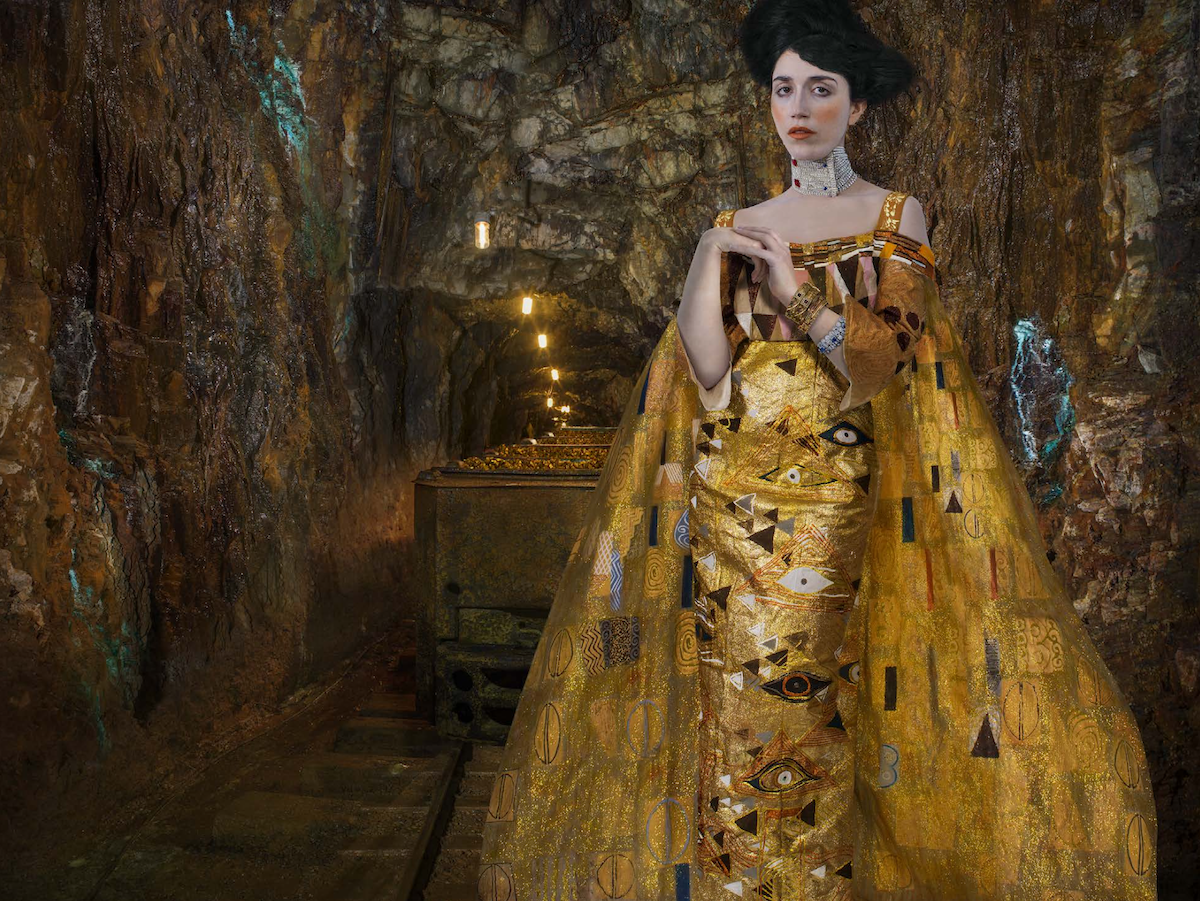As Real As It Gets
© Thomas NolfAs Real As It Gets is a photography project by Thomas Nolf that explores the human need for escape through aviation culture.
During the COVID-19 lockdown, Nolf rediscovered his childhood dream of becoming a pilot. At a time when travel was prohibited, he installed the latest version of Microsoft Flight Simulator on his computer and embarked on a virtual journey. The memory of the slogan “As Real As It Gets” — printed on the box of Flight Simulator 1998 — inspired him to seek out plane spotters around international airports and meet flight simulator pilots at home. Through their fascination with aviation, they found ways to keep their dreams alive or to temporarily escape from reality.
Flight simulator pilots are passionate about building cockpits at home.
Some mount multiple screens to their desks, while others use actual aircraft parts to create immersive environments. These simulators offer a structured escape from the chaos of everyday life — a world where navigation is often harder. In the cockpit, with its switches and procedures, they find structure, autonomy, and control.
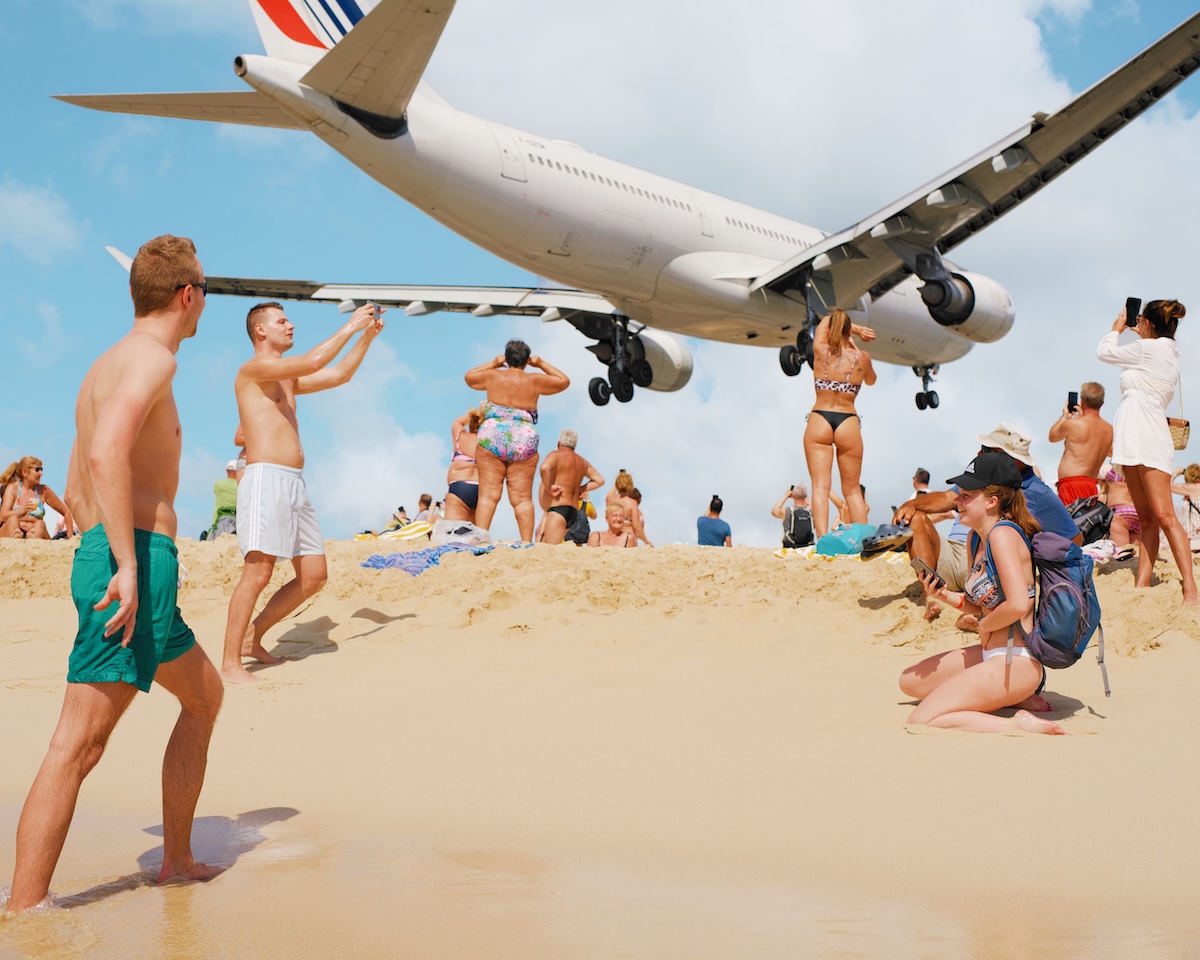
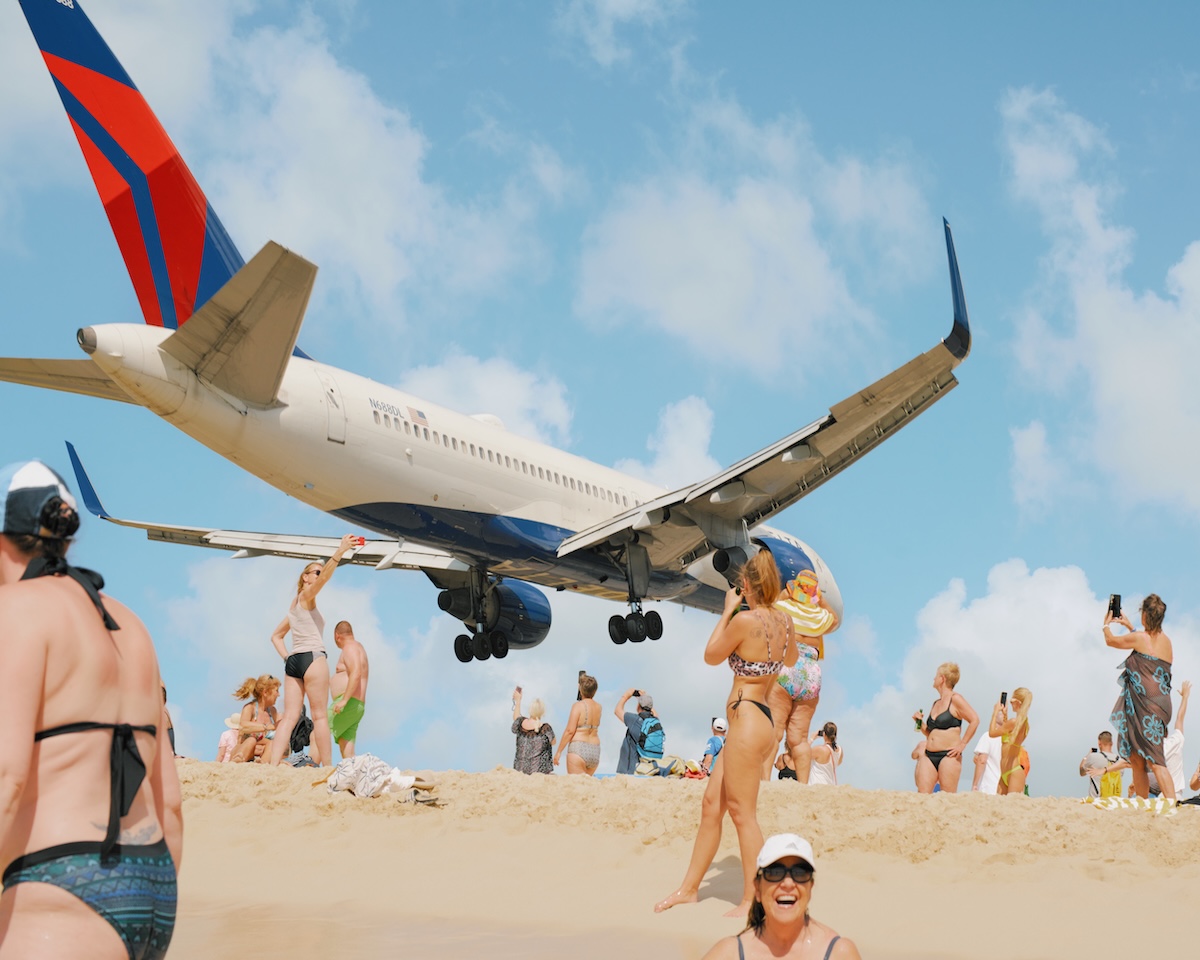
The plane spotters, on the other hand, operate in the real world. They observe, document, and photograph aircraft with great precision.
While most stand at a safe distance along runways, a more adventurous scene unfolds at Maho Beach in Saint Martin (Caribbean), where tourists gather in the jet stream of approaching planes. Against a backdrop of turquoise water and azure skies, they feel the thrill of jets skimming just overhead before landing a few hundred metres away — a spectacle that has turned Maho Beach into an iconic holiday destination.
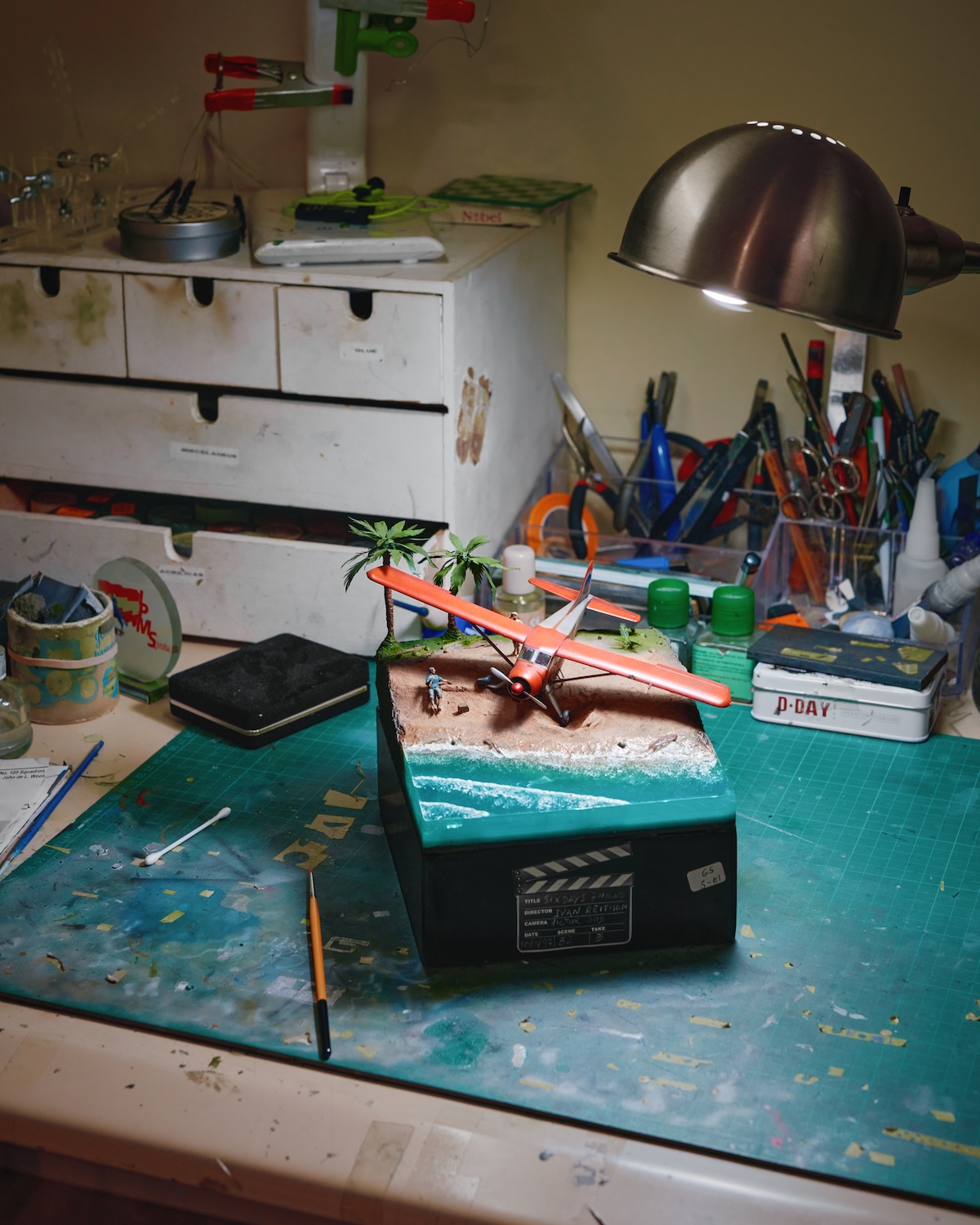

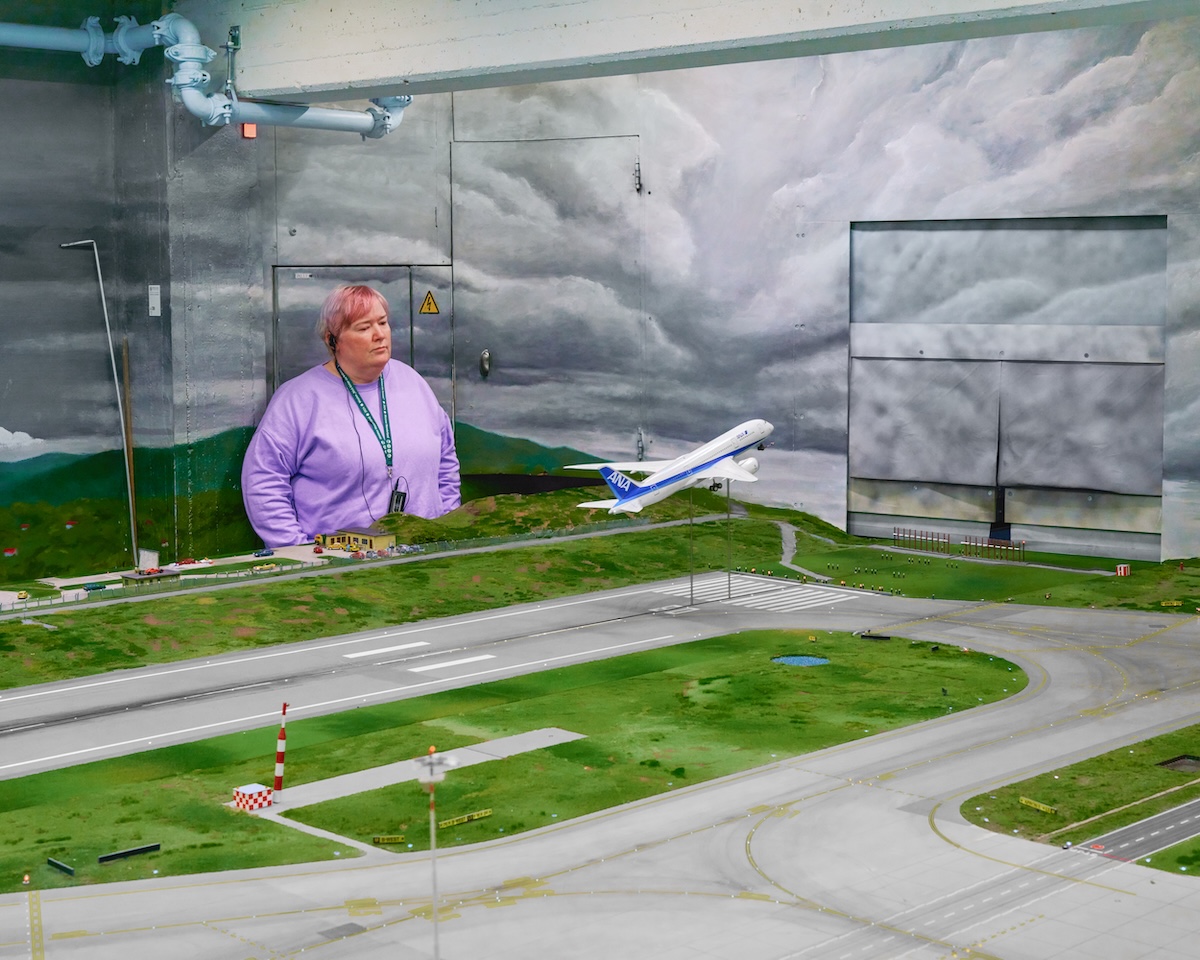
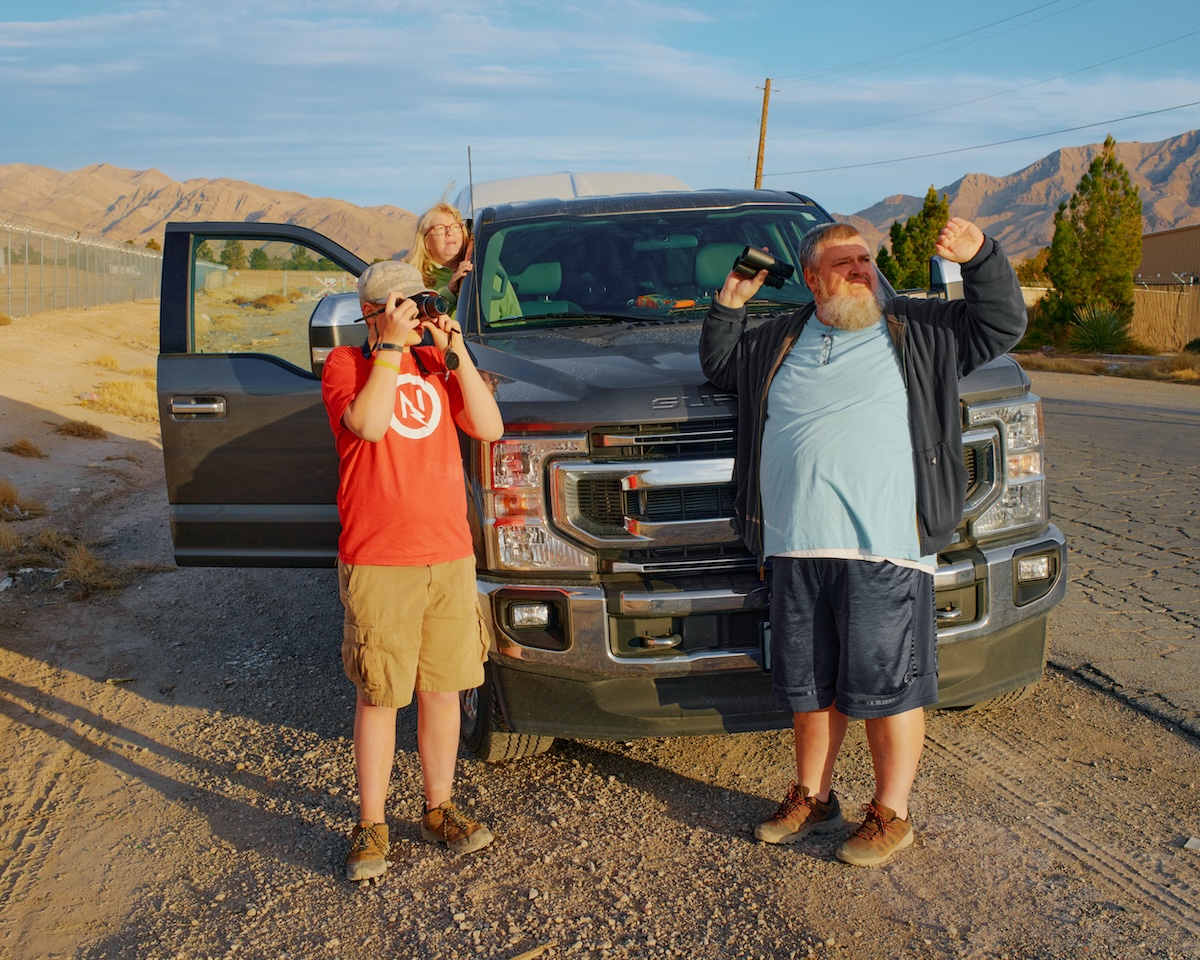
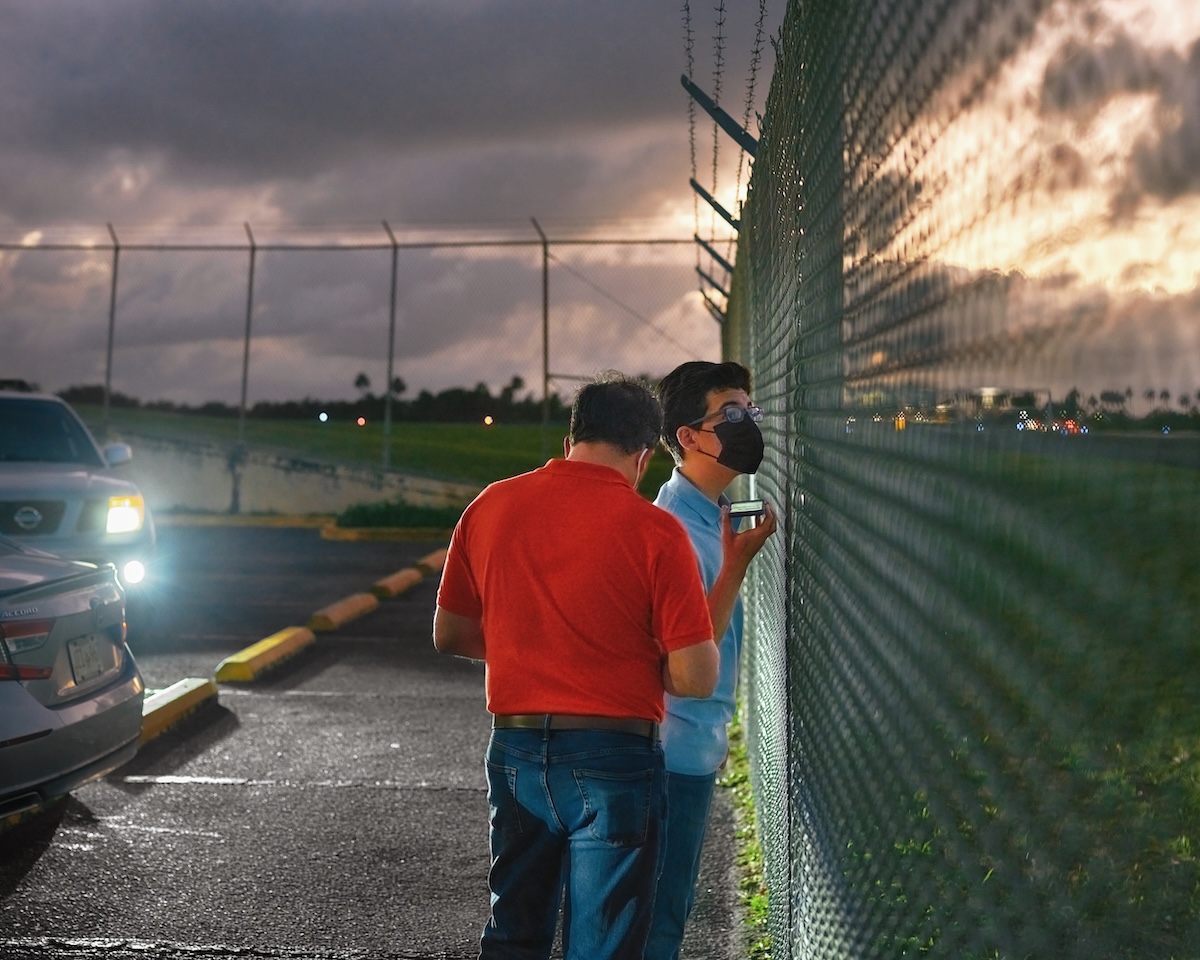

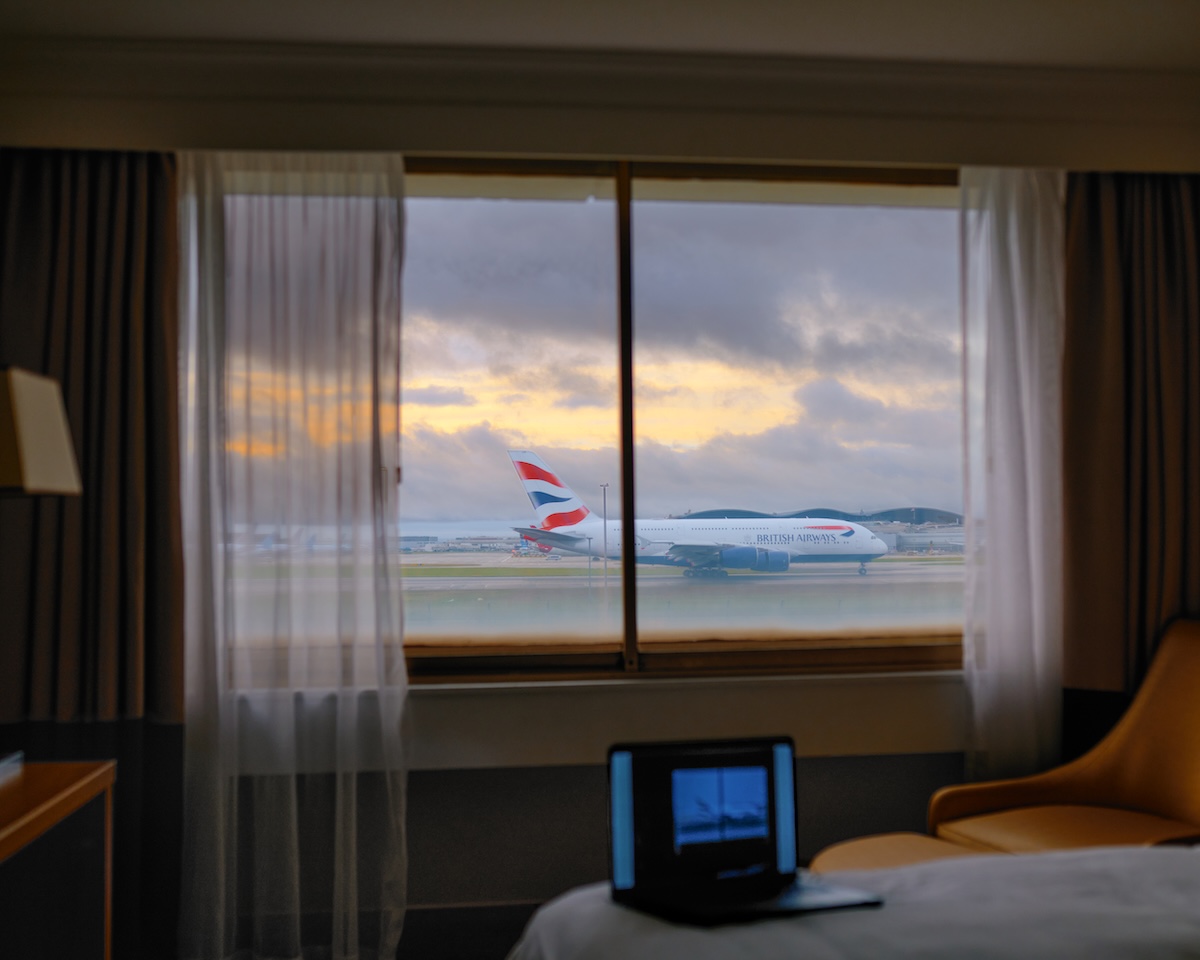
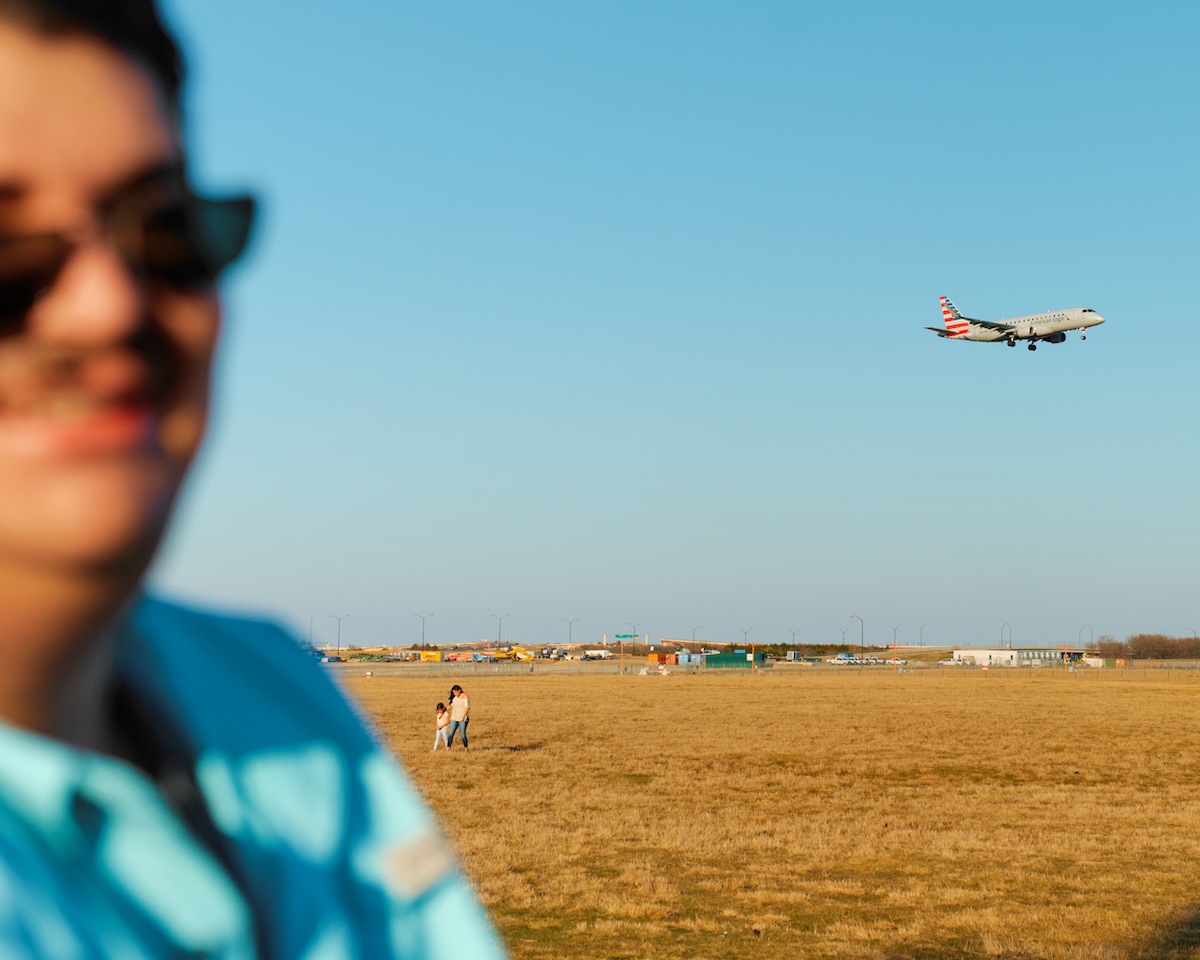
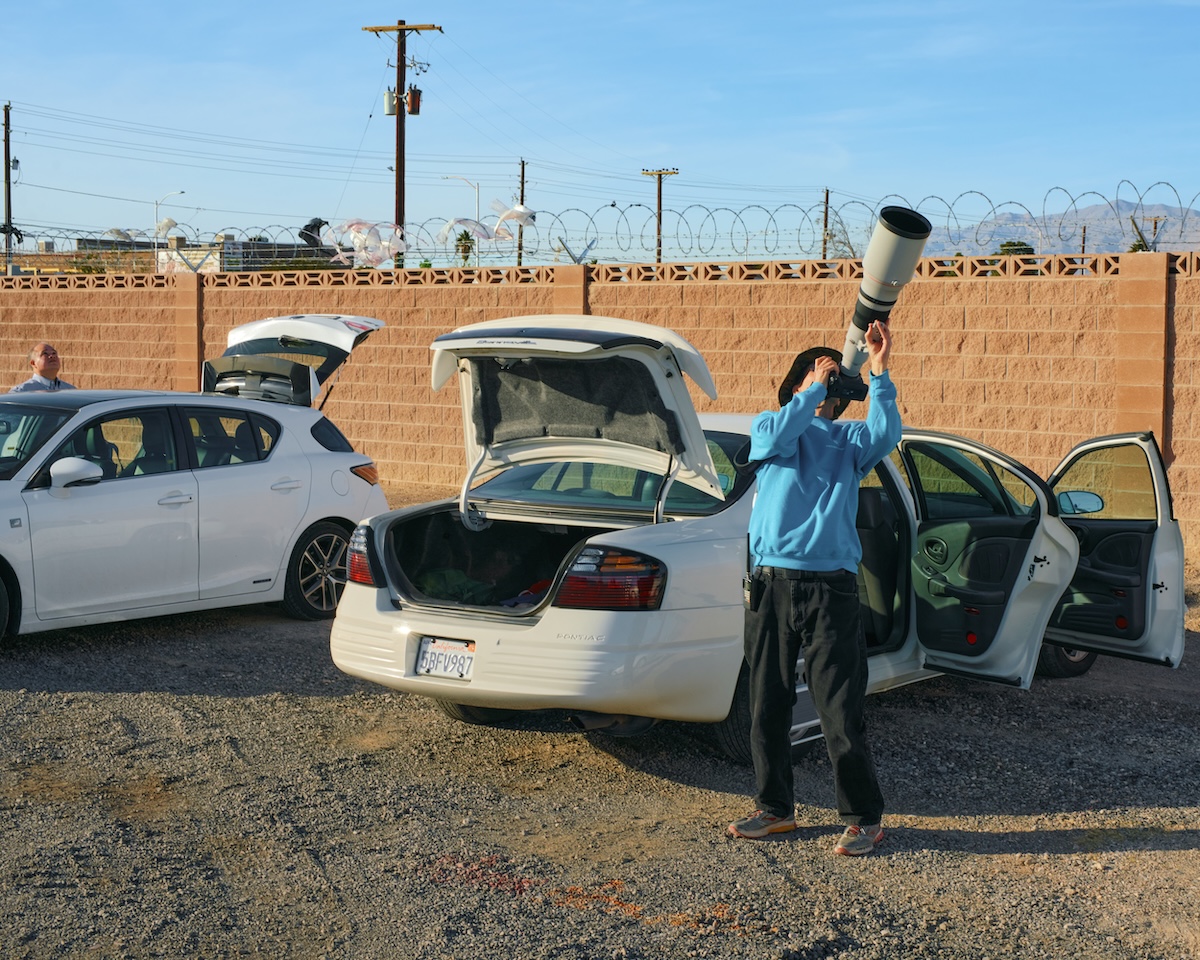


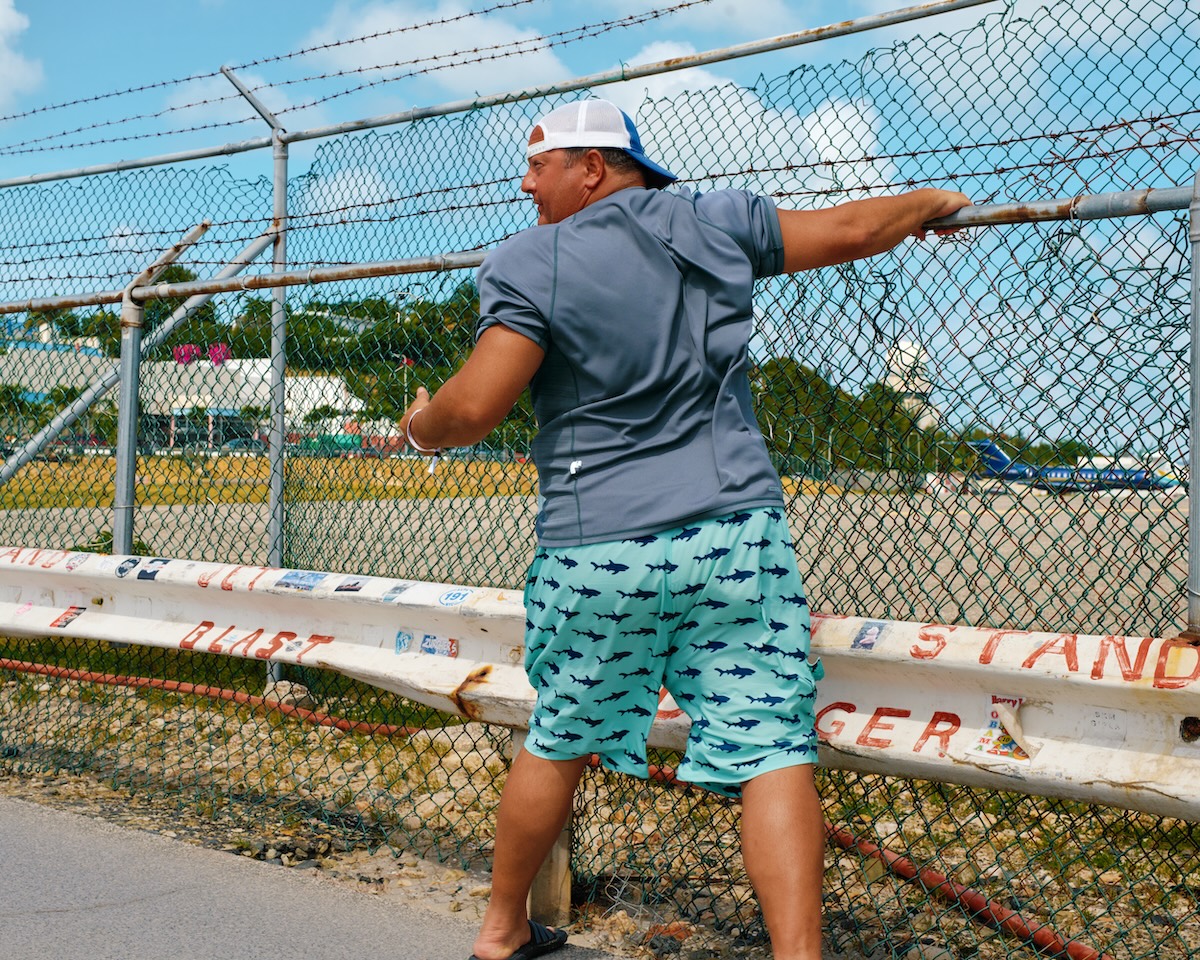
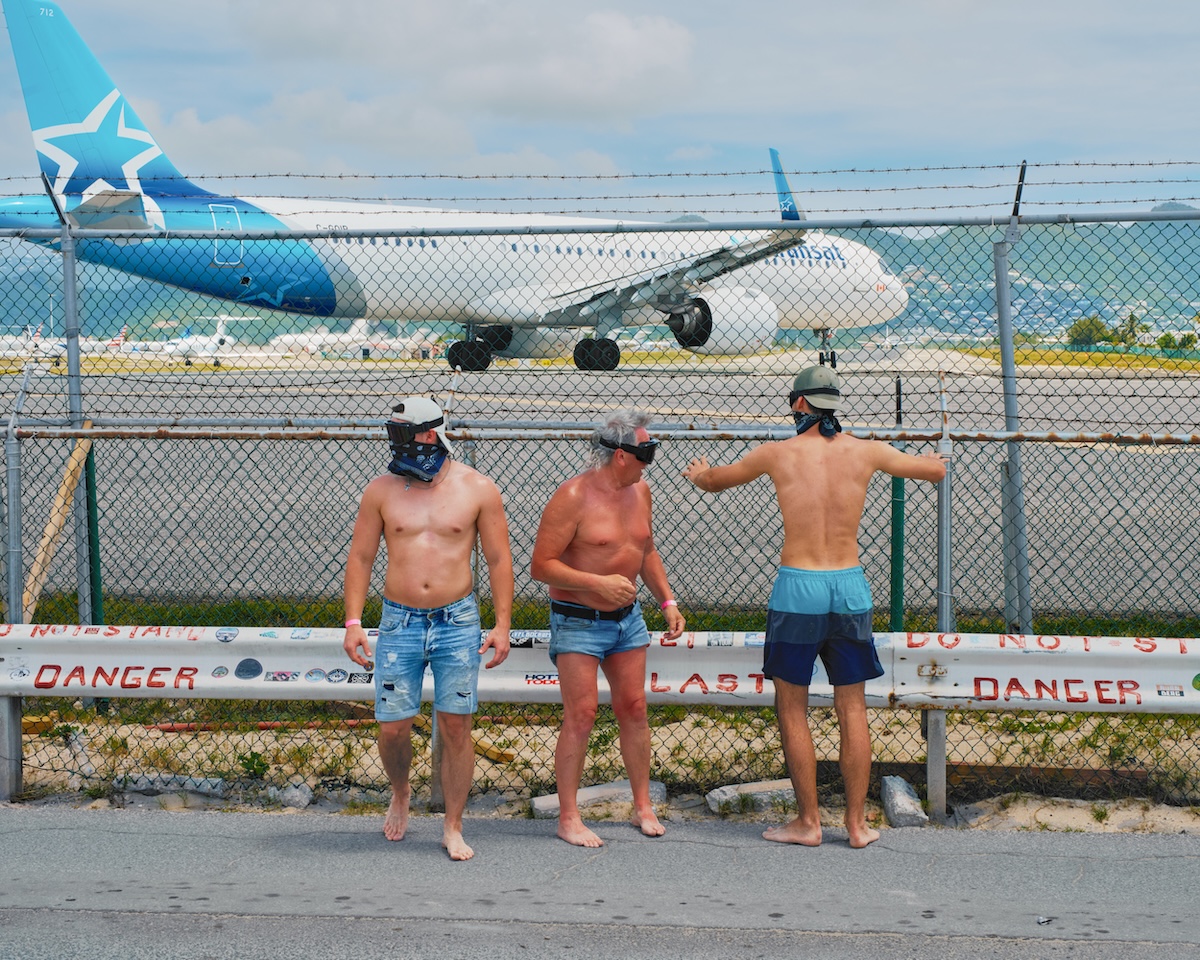

Nolf combines photography with simulated imagery, personal diary text fragments, and childhood snapshots to explore aviation’s romantic and dreamlike appeal. His refined compositions and colour treatments echo the stylised, almost surreal aesthetics of video games, film, and advertising.
Whether photographing Maho Beach or a runway in Miniatur Wunderland, Nolf frames each scene to highlight its artificial, staged quality. The people in his images appear caught in a still, stylised version of reality — suspended somewhere between fiction and truth.It’s within this ambiguity that the project thrives, blurring the lines between documentary and dream.
As Real As It Gets is both a collective portrait and a personal story. It reflects on our shared desire to escape, to find freedom — if only for a moment — and to dream of flight in a world that often feels heavy
click to view the complete set of images in the archive
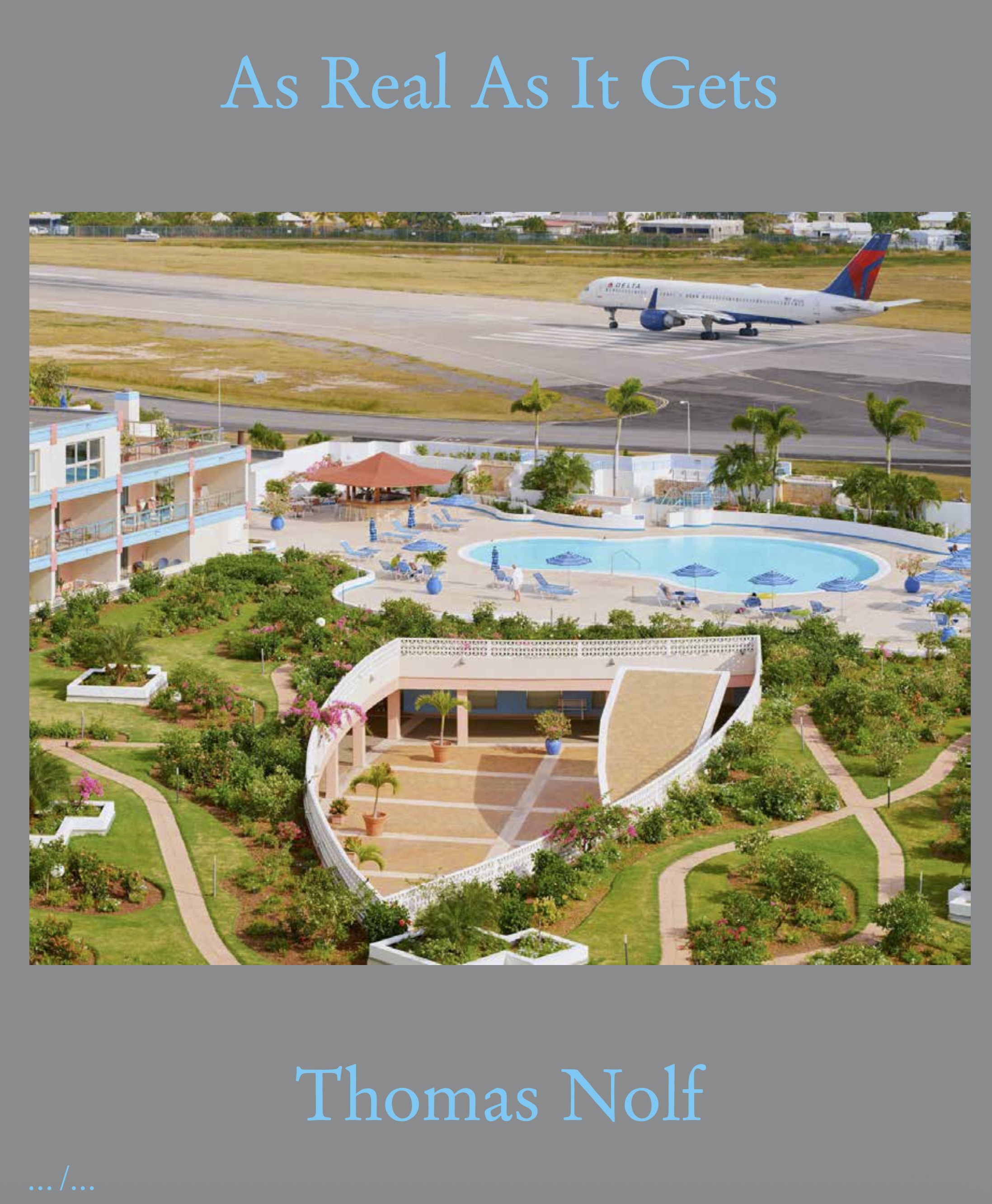
Published by Art Paper Editions
Design & Edit by Thomas Nolf & Jurgen Maelfeyt
March 2025, English, Dutch
24 × 30 cm, 200 p, ills. color, hardcover
ISBN 9789083438481
Texts by Thomas Nolf & Arnon Grunberg
click to buy
Design & Edit by Thomas Nolf & Jurgen Maelfeyt
March 2025, English, Dutch
24 × 30 cm, 200 p, ills. color, hardcover
ISBN 9789083438481
Texts by Thomas Nolf & Arnon Grunberg
click to buy
Clouds Bring Blessings
© Thandiwe MuriuClouds Bring Blessings unveils a new body of work in which the artist Thandiwe Muriu opens a dialogue with her natural environment and affirms her ongoing commitment to exploring cultural heritage. For these portraits, Muriu produced her own textiles using the tie & dye technique, embracing collaboration with nature, resistance, and surrender.
“When I first began experimenting with fabric-making, I imagined a dive into a technique—a study in both historical and contemporary craftsmanship. Tie & dye seemed like a natural starting point, unseemingly complicated by difficult production techniques, or so I thought. Journeying deeper into the art of fabric-making, what was supposed to be a reconnection to traditional methodologies soon turned into a recognition of our longstanding dialogue with the environment. This journey was not a nostalgic return, but a yielding of process. Over time, it became unsettlingly clear that the environment was my uninvited co-creator. The more I tried to control the outcome of the dyeing process, the more she resisted. This isn’t just a series about fabric. It is about impact; about the undeniable entanglement between what we make, and the world we make it in.”
Thandiwe Muriu 2025
click to view the complete set of images in the archive







Irish Girlhood [Work in progress]
© Eimear LynchThe follow-up to Girls’ Night will be a photographic exploration of girlhood in Ireland today, capturing the contrast between a country that has made significant social progress and one still tethered to its past through deeply rooted religious traditions. Lynch intends to document girls at key milestones, from their First Holy Communion at age 8 to their Debs at 18, and everything in between. “Through this, I will explore themes of tradition by capturing religious ceremonies like First Communions and Confirmations, Irish festivals, Irish dancing, and girls growing up on farms. I will also highlight the modernity of Irish society by documenting trans girls, immigrant girls, and the thriving non-white community that is enriching our culture.”
This project will delve into themes of beauty, consumerism, and immigration, examining the forces that shape girlhood in Ireland today. “By photographing a broad range of young girls across the country, I aim to create an honest and diverse portrayal of their experiences. I hope that this work not only reflects the reality of Irish girlhood but also resonates with a universal audience, sparking conversations about tradition, identity, and change.”
Here are some images from several preliminary shoots in Ireland in 2025

























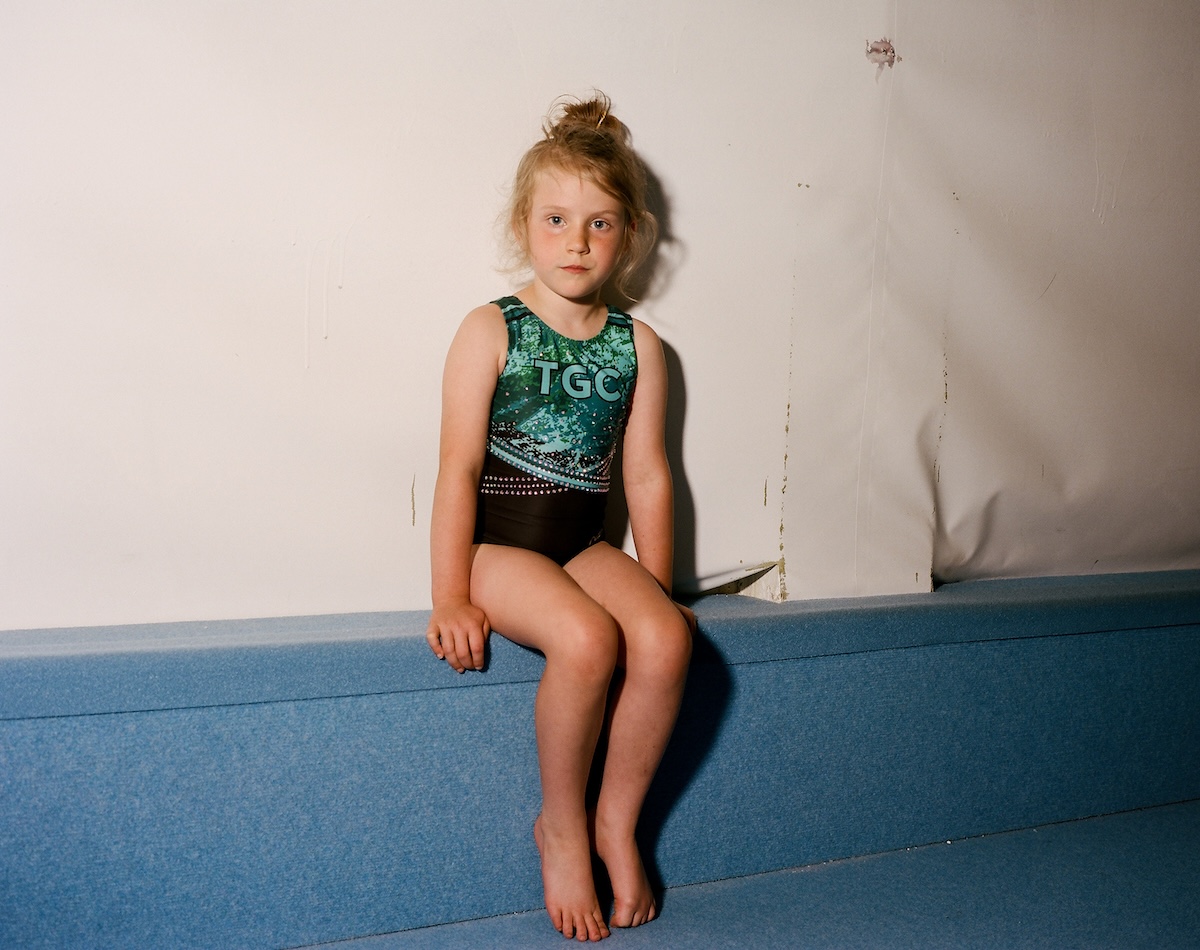








































We Wanted Freedom
© Maxime CrozetAfter thirteen years of devastating war, Syria is slowly awakening from a nightmare. Since the fall of Bashar al-Assad's regime on December 8, 2024, the country has been trying to recover, rebuild, and relearn how to live. The M5 highway, the backbone of the country, still connects Aleppo in the north to Deraa in the south, passing through Homs, Hama, and Damascus—cities that have been battered but remain standing.
It was in Deraa that it all began in March 2011, when the first protests broke out after the arrest of young graffiti artists who dared to write on a wall: “The people want the regime to fall.” Heading north, the road leads to Damascus, long a bastion of power. The old city, a UNESCO World Heritage Site, is trying to heal its wounds. The Hamidiyah souk is once again buzzing with activity, albeit timidly. Minarets and churches still stand side by side, a reminder of Syria's diverse identity. Further north, Homs, the martyr city, symbolizes the Syrian tragedy. Parts of the city were razed by fighting between rebels and regime forces, and the city is slowly rising from its ruins. The Baba Amr and Khalidiyah neighbourhoods are now nothing more than concrete skeletons, but reconstruction is underway. Cafés are reappearing on the boulevards, children are playing in the streets—the same streets where snipers were shooting just a few years ago. Aleppo, a city with 2,000 years of history and once the country's economic capital, remains a huge construction site. The devastated old city is being rebuilt stone by stone. Craftsmen are returning and shops are reopening. Among the ruins, cranes stand tall, promising a better future. But the walls riddled with shrapnel are a reminder that peace remains fragile and mistrust has not yet disappeared. On the M5, the journey is also a journey through memory. Every kilometre recalls the years of war, but also the resilience of people who refuse to disappear. Post-Assad Syria is not yet at peace, but it is breathing again—slowly, painfully, with hope.
click to view the complete set of images in the archive












Mistresspieces
© Dina GoldsteinThroughout art history, male painters have often used the female form as a central subject, frequently portraying women as symbols of beauty, fertility, sensuality, and sometimes as allegories of nature, virtue, or vice. In many classical traditions, the female body was idealized, emphasizing graceful lines, soft curves, and proportion, as seen in works by artists like Titian and Botticelli. During the Renaissance, the depiction of the female nude became a way to explore humanist ideals and the mastery of anatomy, though these representations often reflected the male gaze, framing women as objects of desire rather than autonomous individuals. In later periods, such as the Romantic and Impressionist movements, female subjects continued to be portrayed, but with varying degrees of emotional depth, realism, or abstraction. In the 20th century, particularly within the Pop Art movement, male artists further explored the female form, often reducing it to stylized, commodified images that reflected consumer culture and mass media’s portrayal of women, emphasizing the tension between art, objectification, and the commercialization of the female body. While some male artists celebrated the female form with reverence or empathy, others objectified or fetishized it, contributing to ongoing debates about gender, power dynamics, and the portrayal of women in art.
click to view the complete set of images in the archive
Mona Lisa
Leonardo da Vinci began painting the Mona Lisa about 1503, and it was in his studio when he died in 1519. He likely worked on it intermittently over several years. The Mona Lisa was originally a type of portrait, but over time its meaning has shifted, and it has become an icon of the Renaissance, perhaps the most recognized painting in the world. The Mona Lisa is a likely a portrait of the wife of a Florentine merchant. For some reason however, the portrait was never delivered to its patron, and Leonardo kept it with him when he went to work for the King of France. The portrait depicts a woman who is widely believed to be the wife of a Florentine merchant La Gioconda. The subject's softly sculptural face shows Leonardo's skillful handling of sfumato, an artistic technique that uses gradations of light and shadow to model form, and shows his understanding of anatomy.
The simple Florentine housewife who may have been portrayed was transformed into a mysterious seductress. Viewers today can appreciate her equivocal expression, the sitter’s steady gaze and restrained smile. I have placed this elegant figure on the streets of the Downtown Eastside (DTES) known as the site of a complex set of social issues, including disproportionately high levels of drug use, homelessness, poverty, crime, mental illness and sex work. It is also known for its strong community resilience, history of social activism, and artistic contributions.
![]()
Leonardo da Vinci began painting the Mona Lisa about 1503, and it was in his studio when he died in 1519. He likely worked on it intermittently over several years. The Mona Lisa was originally a type of portrait, but over time its meaning has shifted, and it has become an icon of the Renaissance, perhaps the most recognized painting in the world. The Mona Lisa is a likely a portrait of the wife of a Florentine merchant. For some reason however, the portrait was never delivered to its patron, and Leonardo kept it with him when he went to work for the King of France. The portrait depicts a woman who is widely believed to be the wife of a Florentine merchant La Gioconda. The subject's softly sculptural face shows Leonardo's skillful handling of sfumato, an artistic technique that uses gradations of light and shadow to model form, and shows his understanding of anatomy.
The simple Florentine housewife who may have been portrayed was transformed into a mysterious seductress. Viewers today can appreciate her equivocal expression, the sitter’s steady gaze and restrained smile. I have placed this elegant figure on the streets of the Downtown Eastside (DTES) known as the site of a complex set of social issues, including disproportionately high levels of drug use, homelessness, poverty, crime, mental illness and sex work. It is also known for its strong community resilience, history of social activism, and artistic contributions.

Girl With Pearl Earring
The subject of the painting is unknown, with it either being possible that she was a real model, or that Vermeer created a more generalized and mysterious woman, perhaps representing a biblical figure. There has been speculation that she is the artist's eldest daughter, Maria, though this has been dismissed as an anachronism by some art historians. Unlike many of Vermeer’s subjects, she is not concentrating on a daily chore and unaware of her viewer. Instead, caught in a fleeting moment, she turns her head over her shoulder, meeting the viewer’s gaze with her eyes wide and lips parted as if about to speak. The dramatic, chiaroscuro lighting is one of the most striking and enduring aspects of Vermeer’s Girl with a Pearl Earring.
The almost black backdrop becomes the ideal setting for his young woman, who stands out like a spot lit actor on a stage. In this tableaux she is placed on a beach riddled with plastic waste. At least 14 million tons of plastic end up in the ocean every year. Plastic debris is currently the most abundant type of litter in the ocean, making up 80% of all marine debris found from surface waters to deep-sea sediments. Plastic is found on the shorelines of every continent, with more plastic waste found near popular tourist destinations and densely populated areas. The main sources of plastic debris found in the ocean are land-based, coming from urban and stormwater runoff, sewer overflows, littering, inadequate waste disposal and management, industrial activities, tires, construction and illegal dumping. Plastic pollution in the ocean has a devastating impact on marine life and ecosystems. The most worrying one being the damage plastic items cause to animals when they come into contact with or ingest them, which include suffocation, entanglement, laceration, infections and internal injuries.
![]()
The subject of the painting is unknown, with it either being possible that she was a real model, or that Vermeer created a more generalized and mysterious woman, perhaps representing a biblical figure. There has been speculation that she is the artist's eldest daughter, Maria, though this has been dismissed as an anachronism by some art historians. Unlike many of Vermeer’s subjects, she is not concentrating on a daily chore and unaware of her viewer. Instead, caught in a fleeting moment, she turns her head over her shoulder, meeting the viewer’s gaze with her eyes wide and lips parted as if about to speak. The dramatic, chiaroscuro lighting is one of the most striking and enduring aspects of Vermeer’s Girl with a Pearl Earring.
The almost black backdrop becomes the ideal setting for his young woman, who stands out like a spot lit actor on a stage. In this tableaux she is placed on a beach riddled with plastic waste. At least 14 million tons of plastic end up in the ocean every year. Plastic debris is currently the most abundant type of litter in the ocean, making up 80% of all marine debris found from surface waters to deep-sea sediments. Plastic is found on the shorelines of every continent, with more plastic waste found near popular tourist destinations and densely populated areas. The main sources of plastic debris found in the ocean are land-based, coming from urban and stormwater runoff, sewer overflows, littering, inadequate waste disposal and management, industrial activities, tires, construction and illegal dumping. Plastic pollution in the ocean has a devastating impact on marine life and ecosystems. The most worrying one being the damage plastic items cause to animals when they come into contact with or ingest them, which include suffocation, entanglement, laceration, infections and internal injuries.



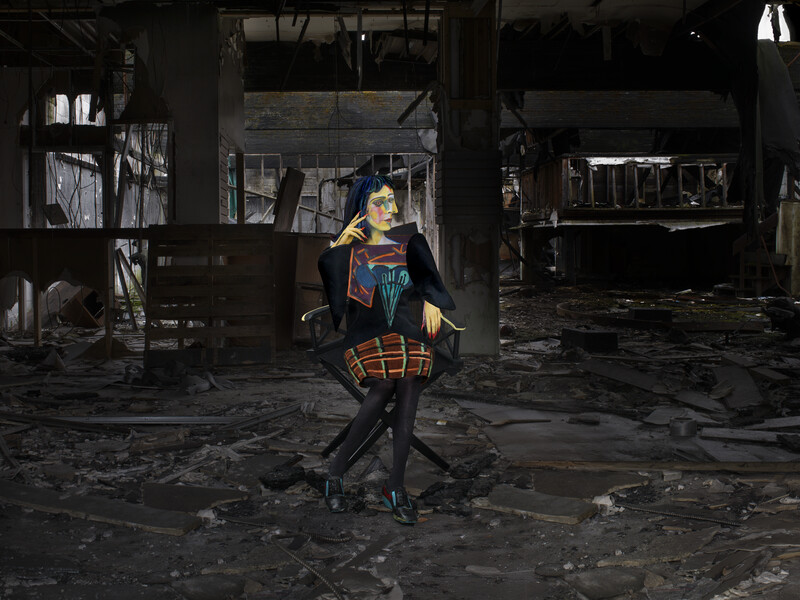
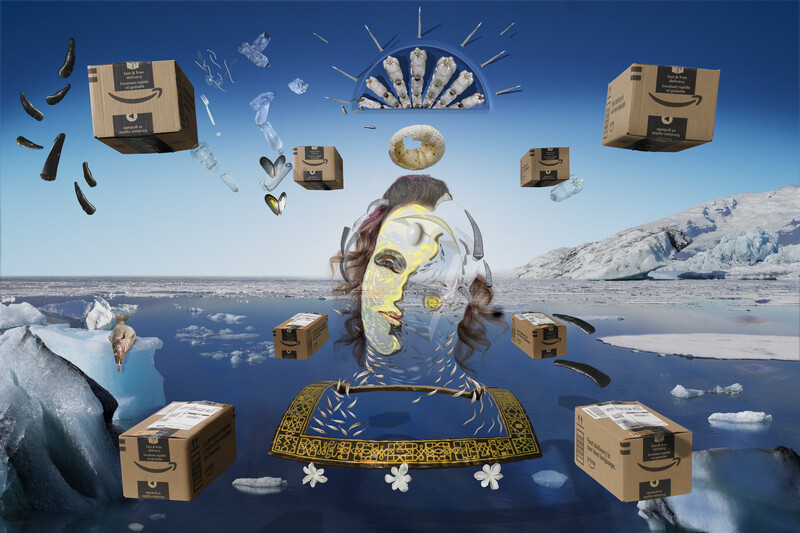
Madame X
John Singer Sargent’s 1884 portrait Madame X caused a scandal when first exhibited in Paris, not for its divine craftsmanship, but for its daring to expose a woman’s complete bare shoulder. The model’s dress strap was seen as shockingly suggestive, provoking such an uproar that Sargent repainted the strap in place and eventually left Paris for London to rebuild his career. Virginie Amélie Avegno Gautreau, a wealthy American-born socialite known in Paris for her striking beauty and pale complexion, longed to be immortalized as a great beauty. Instead, the painting brought her notoriety and damaged her reputation in society. Today within Western culture women have freedoms that make Singer Sargent dilemma a non-issue. However despite feminist achievements and the change of norms, the desire to cover up women continues. In many cases women remain covered by burkas not out of free choice, but due to restrictions imposed by patriarchal and misogynistic religious traditions. This in stark contrast to the freedoms and self-expression of modern Western society.
![]()
John Singer Sargent’s 1884 portrait Madame X caused a scandal when first exhibited in Paris, not for its divine craftsmanship, but for its daring to expose a woman’s complete bare shoulder. The model’s dress strap was seen as shockingly suggestive, provoking such an uproar that Sargent repainted the strap in place and eventually left Paris for London to rebuild his career. Virginie Amélie Avegno Gautreau, a wealthy American-born socialite known in Paris for her striking beauty and pale complexion, longed to be immortalized as a great beauty. Instead, the painting brought her notoriety and damaged her reputation in society. Today within Western culture women have freedoms that make Singer Sargent dilemma a non-issue. However despite feminist achievements and the change of norms, the desire to cover up women continues. In many cases women remain covered by burkas not out of free choice, but due to restrictions imposed by patriarchal and misogynistic religious traditions. This in stark contrast to the freedoms and self-expression of modern Western society.
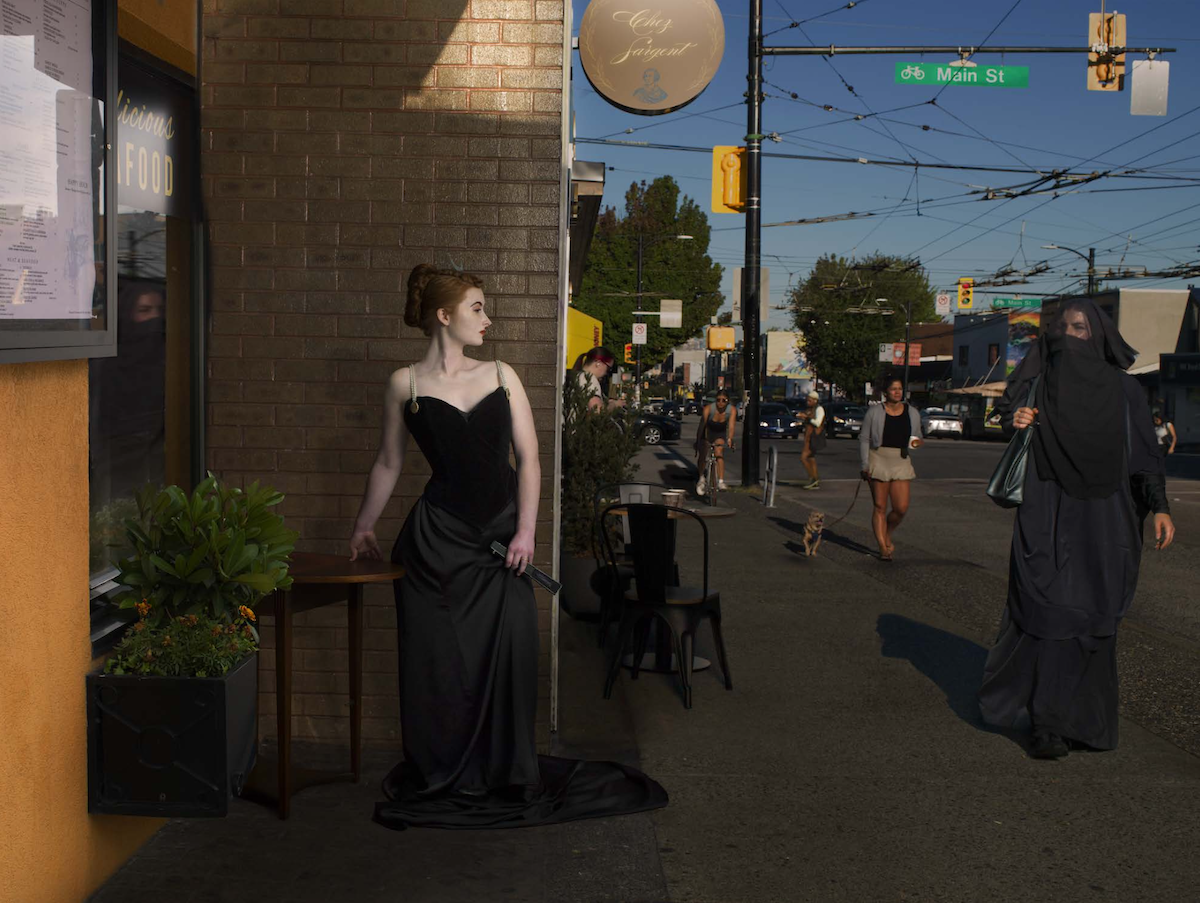
Adele Bloch-Bauer
Gustav Klimt’s Portrait of Adele Bloch-Bauer I (1907), often called the “Woman in Gold,” is an example of his Golden Phase, where oil paint and gold leaf merge into a jewel-like surface. Adele Bloch-Bauer was a wealthy Viennese socialite and patron of the arts, best known as the muse for Gustav Klimt. The portrait embodies both sensuality and opulence, elevating Adele into an icon. Adele stands within a gold mine that bears gold, an element that humanity has valued and treasured throughout history. For thousands of years, humanity has cherished gold for its rarity, beauty, and resistance to tarnish, weaving it into symbols of power, divinity, and wealth. From ancient burial masks to modern financial systems, gold has remained a universal marker of value and prestige across civilizations. Sadly, irresponsible mining, and large-scale excavation disrupt ecosystems by stripping
away forests, contaminating water sources with toxic runoff, and leaving behind scarred landscapes. These practices contribute to soil erosion, loss of biodiversity, and long-term damage that can take centuries to heal.
![]()
Gustav Klimt’s Portrait of Adele Bloch-Bauer I (1907), often called the “Woman in Gold,” is an example of his Golden Phase, where oil paint and gold leaf merge into a jewel-like surface. Adele Bloch-Bauer was a wealthy Viennese socialite and patron of the arts, best known as the muse for Gustav Klimt. The portrait embodies both sensuality and opulence, elevating Adele into an icon. Adele stands within a gold mine that bears gold, an element that humanity has valued and treasured throughout history. For thousands of years, humanity has cherished gold for its rarity, beauty, and resistance to tarnish, weaving it into symbols of power, divinity, and wealth. From ancient burial masks to modern financial systems, gold has remained a universal marker of value and prestige across civilizations. Sadly, irresponsible mining, and large-scale excavation disrupt ecosystems by stripping
away forests, contaminating water sources with toxic runoff, and leaving behind scarred landscapes. These practices contribute to soil erosion, loss of biodiversity, and long-term damage that can take centuries to heal.
